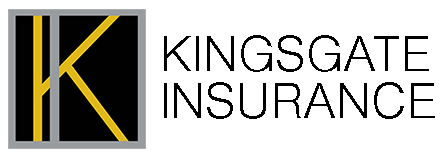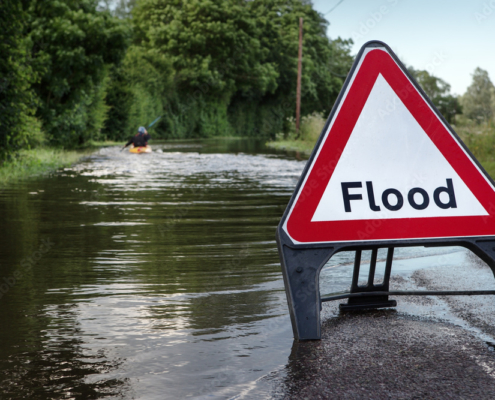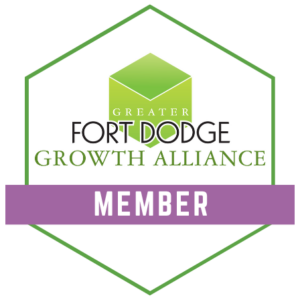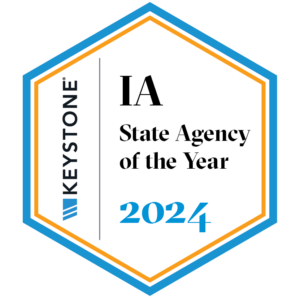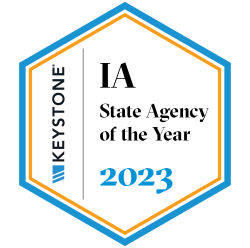Commercial Property
You’ve worked hard to build and grow your business—so protecting your investment against risk is a top priority.
Kingsgate offers comprehensive solutions for all aspects of your operation that include but are not limited to:
Process
When evaluating insurance protection for your assets (i.e. Buildings, Personal Property, Income, Equipment, Stock, etc.), the process must begin with a conversation around goals and expectations should there be a loss.
Will you stay at that location?
Do you intend to rebuild if your building was lost?
If you do, what, if anything would you do differently?
In addition, it’s important to work through the GuideTrak process to identify areas of exposure unique to your specific assets. For example, if you’re a contractor, maybe you have a revolving door of materials running through your facility that are ultimately destined for jobsites, how should that be handled. Just as you would expect a physician to ask questions when examining your illness, a competent insurance professional should do the same, diagnosing your specific needs.
Price
As you can imagine, a multitude of factors can impact the price of your insurance protection for your assets. Below we will address some, but not all, of the key factors that can impact what you ultimately pay for coverage.
- Location – This can play a key role in how coverage on your buildings and personal property are priced. Things like Fire Protection Class identify how far your facilities are located from the responding fire department, how well they’re equipped and the municipalities infrastructure. In addition, actuarial data around crime and weather can play roles in your final rates.
- Construction – The materials and methods used to construct your building or the one you lease can impact your pricing as well. A stick built structure has a greater fire load than a steel structure. Insurer’s use various classes of construction type to classify buildings, like Frame, Joisted Masonry, Masonry Non-Combustible, Non-Combustible and Fire Resistive.
- Security and Safety Measures – Features that enhance the safety and security of your facilities can impact pricing. Is your building equipped with fire protection like a sprinkler system, fire alarms, fire and smoke detection, etc. In addition, are system in place to protect the facilities from crime like controlled access, cameras, burglar alarms, etc.
- Age – When your facilities were constructed will also be a determinant in pricing. Unfortunately, older facilities are often looked upon less favorably. However, if you maintain detailed maintenance records and can substantiate updates to key building systems, like Electrical, Plumbing, HVAC and the Roof that can positively impact how the “actual” age of the structure is considered.
- Underwriter Discretion – Lastly, how your coverage for your assets are presented to and evaluated by the underwriter can play a significant role in how your coverage is priced. They will look at your past history of losses. Do you maintain good housekeeping practices? Have you made investments in the property since moving in or taking ownership. There is a wealth of information available on commercial property like Insurance Services Office (ISO) and Building Underwriting Report (BUR) inspections that underwriters will lean heavily upon. Controlling the narrative in these areas can provide for best in class terms.
Potholes
All insurance policies/contract start with a base form, like the Commercial Property or Business Owners form as examples. These serve as the launching point for policy structure but how these policies are modified can have significant impact on how your claim ultimately unfolds. Below are a few key potholes to understand.
- Ordinance or Law – Ever heard the phrase “like kind and quality”? That is a phrase used by insurance professionals all too often. The meaning behind that phrase is your insurer has an obligation to return your property to what it was at the time of loss. Same construction type, square footage, finishes, etc. Well, what if your building was constructed 50 years ago and the ordinances or codes that govern its construction have changed significantly. What if setback rules have changed and the footprint must be modified or you need to add more parking and green space? Maybe your type of business is required to have a water based fire sprinkler system now. If these features weren’t present before, your insurance might not provide coverage but you’ll be required to comply.
- Covered Property – What is considered part of the building? Some policies do not provide coverage for things like the building’s foundation, footings or underground pipes and flue. In addition, things like the costs of excavation, back filling and filling could be excluded as well.
- Water – How water enters your facility can determine whether you have insurance protection or not. If a pipe inside the property were to burst spilling water throughout your interior, most likely you will be protected. What if the source of the water or wastewater came back into the facilities through a clogged drain or worse, rapid accumulation of rain water rolled into the facility submerging valuable equipment or materials, without specific modifications to your insurance contract these damages may not be covered by your insurance.
